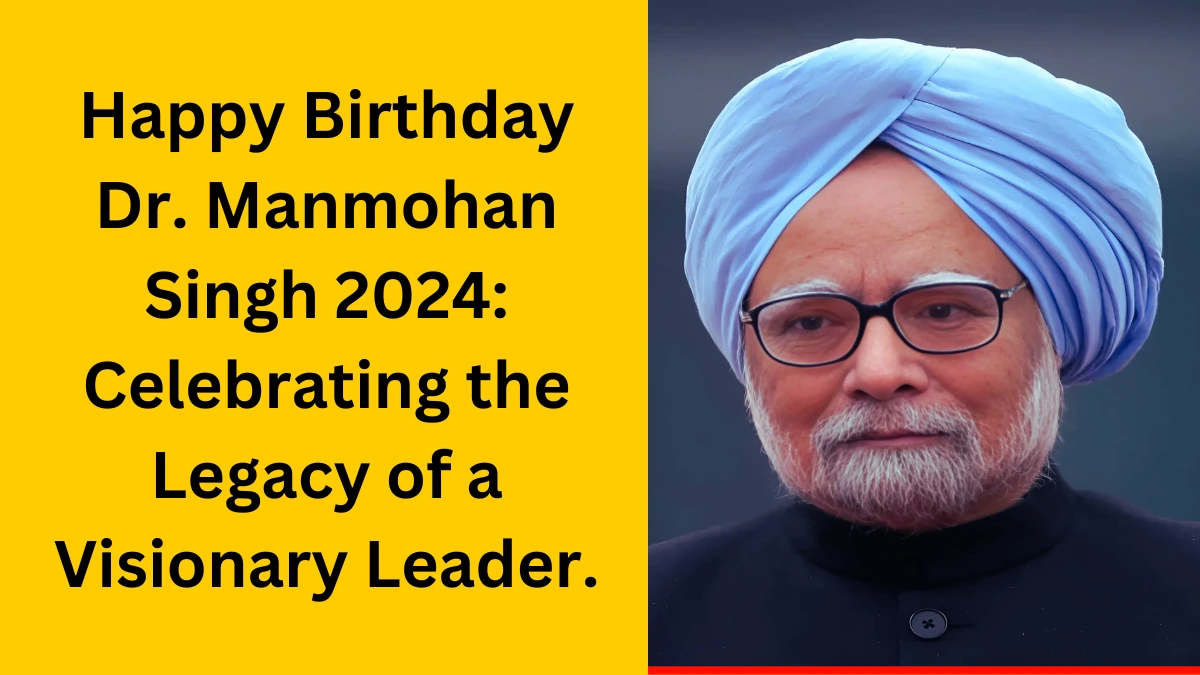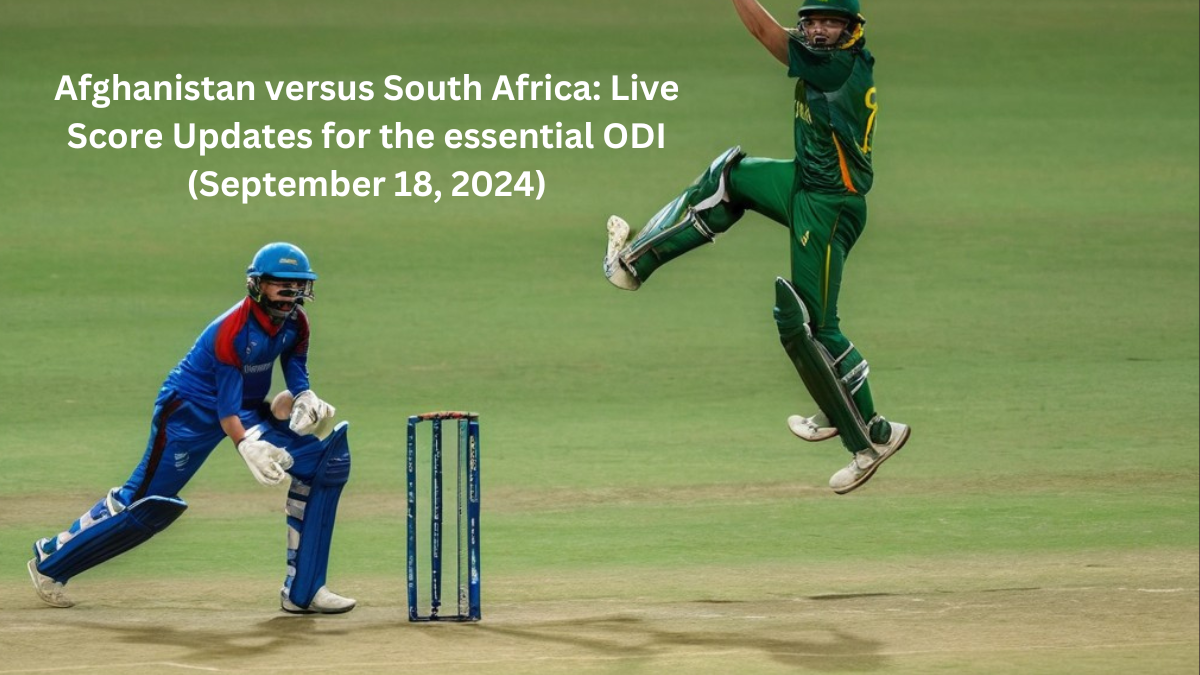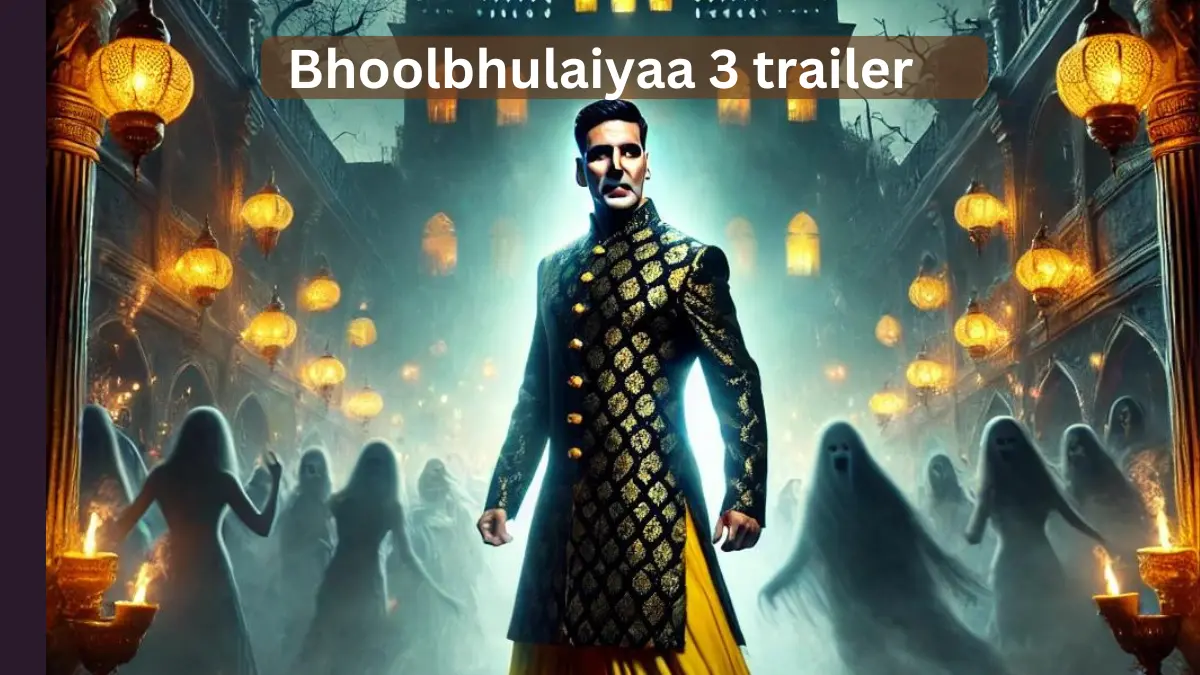In India, August 15th Independence Day is not just a date on the calendar. It signifies the country’s liberation from British rule in 1947, a day embedded with patriotism and national pride. As a national holiday, it features a spectrum of celebratory activities, including flag-hoisting ceremonies, parades, and various cultural events. Flag-Hoisting at the Red Fort (August 15th Independence Day) The Independence Day festivities kick off with the Prime Minister of India hoisting the national flag at the historic Red Fort in Delhi. This momentous occasion is followed by a speech addressing the nation, highlighting the achievements of the country and outlining future goals. Community and Cultural Celebrations (August 15th Independence Day) Across the country, citizens engage in community events that foster a sense of unity and patriotism. A unique and vibrant tradition on this day is kite flying, symbolizing the freedom and aspirations of the Indian people. Patriotic Programs in Schools and Colleges (August 15th Independence Day) Educational institutions are abuzz with special programs that pay homage to the sacrifices of freedom fighters. These events include patriotic songs, dances, and speeches, all aimed at instilling a sense of national pride in the younger generation. A Day of Reflection and Future Aspirations (August 15th Independence Day) Independence Day in India is a powerful reminder of the country’s journey to freedom and an opportunity to reflect on its rich history. It also serves as a beacon of hope and aspiration, guiding Indians towards a brighter future united in their diversity. Celebrating India’s Independence Day A Historic Moment: August 15, 1947 (August 15th Independence Day) India’s Independence Day on August 15th is a significant day that commemorates the nation’s liberation from British colonial rule. This day symbolizes not only the triumph of India’s struggle for freedom but also the resilience and unity of its people. On August 15, 1947, India embarked on a new journey of sovereignty and democracy, marking the end of nearly two centuries of British dominance. The Path to Freedom (August 15th Independence Day) The road to independence was paved with numerous movements, sacrifices, and relentless efforts by freedom fighters. Leaders like Mahatma Gandhi, Jawaharlal Nehru, Subhas Chandra Bose, and Sardar Vallabhbhai Patel spearheaded the movement against the British Raj. Gandhi’s philosophy of non-violence and civil disobedience galvanized the masses, creating a unified front against oppression. Key Movements and Acts (August 15th) Several key movements and acts played a pivotal role in India’s fight for independence. The Non-Cooperation Movement of 1920, the Salt March in 1930, and the Quit India Movement of 1942 were instrumental in rallying the masses. These movements not only weakened the British grip on India but also fostered a strong sense of nationalism among Indians. Celebrations Across the Nation (August 15th Independence Day) Independence Day is celebrated with great fervor and enthusiasm across India. The day begins with the hoisting of the national flag at the Red Fort in New Delhi by the Prime Minister, followed by a speech addressing the nation. This is a tradition that symbolizes the essence of India’s independence and its progress over the years. Cultural Programs and Parades Across various states, the day is marked by cultural programs, parades, and flag-hoisting ceremonies. Schools and colleges organize events that include patriotic songs, dances, and skits depicting India’s struggle for freedom. The air is filled with patriotism as the national anthem, “Jana Gana Mana,” resonates throughout the country. Patriotic Films and Documentaries Television channels and streaming platforms air patriotic films and documentaries that narrate the tales of India’s freedom struggle. These films serve as a reminder of the sacrifices made by the freedom fighters and inspire the younger generation to cherish their hard-won freedom. Independence Day and Modern India (August 15th Independence Day) Independence Day is not just about remembering the past; it’s also about reflecting on the present and envisioning the future. It’s a day to assess the country’s progress in various sectors such as education, technology, health, and economy. As India continues to grow and evolve, Independence Day serves as a reminder of the responsibility each citizen holds towards the nation. Empowering the Youth The youth of India plays a crucial role in shaping the future of the country. Independence Day programs often include speeches by prominent leaders and influencers, encouraging young minds to contribute positively to society. The day serves as a platform to discuss issues such as environmental conservation, digitalization, and social justice. Technological Advancements and Innovations India has made significant strides in technology and innovation. From launching satellites to developing indigenous technologies, the country has showcased its potential on the global stage. Independence Day is a day to celebrate these achievements and to motivate the younger generation to continue pushing the boundaries of innovation. Conclusion: A Day of Unity and Pride India’s Independence Day is more than a public holiday; it is a day of unity and pride. It’s a day when Indians from all walks of life come together to celebrate their shared heritage and aspirations. As we hoist the tricolor and sing the national anthem, we are reminded of the values of liberty, equality, and fraternity that our nation stands for.
Hot News
About
मिलिए अनुभवी पत्रकार कुलदीप कुमार से जो सटीक और नवीनतम समाचार प्रदान करने के लिए समर्पित हैं। अपनी विश्वसनीयता और मजबूत नैतिक मानकों के लिए जाने जाने वाले, उन्होंने अपने पूरे करियर में कई विषयों को कवर किया है। कुलदीप ने राजनीति, खेल, मनोरंजन और प्रौद्योगिकी सहित कई विषयों को कवर किया है। उनका लक्ष्य ऐसी खबरें पहुंचाना है जो सूचित और सशक्त बनाती हैं पाठकों को महत्वपूर्ण घटनाओं और मुद्दों से अपडेट रहने में मदद मिलती है।
Recent Post
- All Post
- Blog
- Back
- SARKARI JOBS
- FINANCE
- HEALTHCARE
- TECHNOLOGY AND GADGETS
- EDUCATION
- AUTOMOTIVE
- HOME IMPROVEMENT
- LUXURY GOODS
- SPORT
- Entertainment
- news
© 2024 Created with TRENDYTOPIC.IN



